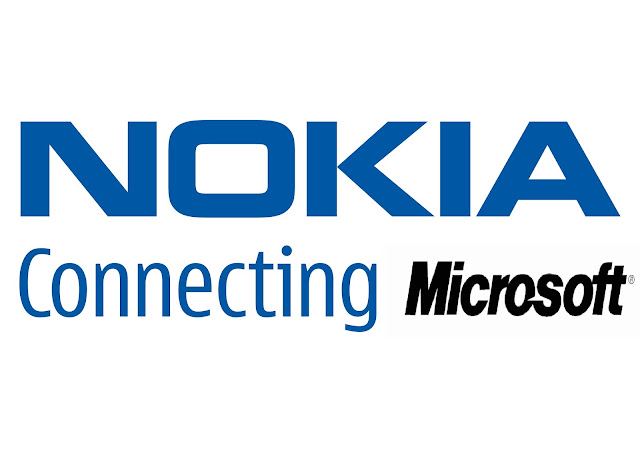The revolutionary Google Glass device is not just spearheading the wearable computer era; Through Google Glass Apps they are also powering the Mobile Application Development.
Google Glass, developed by Google Xis a wearable computing device with an optical headed mounted display (OHMD). Apart from its core function as a wearable device, Google Glass also has the ability to
take photos and record 720p HD videos.
The Google Glass Apps (GLASSWARE) Apps have an ability to exponentially enhance the potential of the wearable computing device .Google Glass Apps (Glassware) are available both
inbuilt by Google as also by third party developers.
Google Built in Apps:
Google Glass offers most of its experiences based on the Google ecosystem through such Google applications, such as Google Now, Google Maps, Google +and Gmail Google. Following
the Google XE7 / XE8 / XE9 GLASS explorer edition updates, The Google Glass experience has improved massively. There are also new Google Now cards, Sound search and a UI overlay feature called
Vignette.Things look more promising as a dedicated Google Glass App (Glassware) Store or GLASS Boutique is expected in 2014, thus giving a boost to the Glassware economy.
Third –party Developers:
Google Glass Apps (Glassware) are free applications built by third-party developers. Since the launch of Google Mirror API, Many exciting Apps have been since built by third party mobile
app developers and
mobile app development companies.
The following is a list of the top Google Glass Apps and their unique value proposition that set the bar even higher for the mobile application development.
My Glass App: It allows the user to configure and manage the Google Glass device. Includes touch/ swipe/ tap to control the Glass UI through the screen -cast experience.
Vignettes: You can capture both a photo and a video of whatever is on your display in that moment.
BLUE: Designed to provide users with real time Baseball statistics as they watch the game.
Glashion App: Provides Google Glass wearers to purchase fashion items that they spot on the go.
Winky app: Allows you to take a photo anytime with a simple wink of an eye.
Field Trip App: A digital source to explore the city and deliver alerts and informational snapshots about nearby historical place and tourist attractions.
Glass Genie App: A remarkable personal assistant capable of multi-tasking.
New York Times: The flagship third party Glassware app, It Gets you the latest breaking news and stay updated.
Facebook: Allows photo sharing directly from Google Glass to Facebook.
Through Glass: A Facebook updater App. One can send photos and text status updates.
Path: All in one posting to other social networks like Facebook, Twitter, Foursquare, Tumblr.
Twitter: Twitter for Google Glass, Makes Photo Sharing easy.
Evernote: Helps you remember and act upon ideas by sharing photos or push a note to your guideline.
Tumblr: Allows users to post photos and GIF’s directly from Glass to Tumblr.
CNN: Keeps one updated on the CNN’s latest updated story.
Voice Buyer for Amazon: Search products on Amazon.com and add to cart for later checkout on computer.
Mashable Velocity: Keeps the user updated with the just release tech website Mashable story.
Viddy Eye: A simple way to capture, create and share mobile videos of up to 30 seconds with friends.
GlassFit Gym: For the fitness enthusiast, The App guides you through fitness workouts and tracks your full set of work outs.
NavCook: Turn by turn navigation for cooking that brings high tech into kitchen cooking.
Glass to phone: An App to send your pictures from Glass to your Android phone.
Empowar: Google Glass‘s first Augmented reality App and offers great potential for advertising, Tourism, Architecture and Gaming.
Many such equally exciting (Glassware)
Google Glass
applications are available that boost the mobile application development. The steep learning curve and the given constraints in the Google glass platform are both an opportunity and a challenge for
the mobile app developers in pursuit of new technology wave in mobile app development. However the real challenge is in figuring out a way to create value for customers and make experience for a
wearable device useful. Apart from the mobile application development, the mobile app developers India and across other significant hubs must ensure to get a first mover’s advantage so as to tap the mass
market for this device at the outset. This calls for an in-depth understanding of why people are or would want to use this device and how it can engage them by value addition.
The following are the crucial guidelines that a prospective Glassware app developer must take note of:
Exclusive design for Glass:
Google Glass as a wearable computing device offers user experience as a unique value proposition, unlike the conventional mobile and tablets platforms; it thus serves a different
purpose. Moreover it being a tiny device, the design must be simple and complement the Google Glass design and functionality.
Keep it Timely:
The basic interaction model for Glass is via “Timeline Cards”. Timeline contain items or ‘cards’ that display information to the user. As a Glass user would generally be looking for quick
and relevant information, Notification and location based apps that work in real time offer great scope of opportunity.A Glass as a platform is most effective when in-the moment and up-to date.
Don’t Get in the Way:
The Google Glass user will expect the technology to be there when they want it and out of way, when they don’t. According to Google developer’s guidelines the App must not get in the
way by offering too frequent information and too loud notification.
Google Glass and Google Glass Application (Glassware) present enormous opportunity and a huge paradigm shift to marketers and
mobile app developers to engage customers and deliver value addition on different levels. Even more, The App developers can translate the learning and thought
process from the Google Glass application development into mobile application development. Thus Google Glass applications (Glassware) boost the mobile app development.

















